what love looks like in public
what loves looks like in public is an in-person and online exhibit curated by the South Side Home Movie Project (SSHMP) in celebration of the upcoming Arts Lawn. The SSHMP invites you to walk alongside vintage scenes of public life drawn from our home movie collections depicting moments of intimacy and connection that green space nurtures across Chicago’s South Side. These scenes are viewable along the fences surrounding the construction site on Garfield Boulevard, directly west of Washington Park.
When thinking about public space, oftentimes “public” suggests large groups or impersonal interactions. The images displayed in this installation highlight the small, tender, and often unnoticed encounters that frequently take place in public spaces—invoking feelings of belonging and nostalgia that emerge along with a sense of community ownership.
These home movie stills were selected by a multi-generational team of co-curators composed of film donors, local high school students, South Side artists, and project interns. The curation team was inspired to recall the easy intimacy and comfortable public life that we yearn to return to, and to stay grounded in the positive transformations of the past year—tapping into the community’s long history of mutual care.
This online page serves to act as a home for all things related to what love looks like in public, including...
• reflections on the curation, digitization, and installation processes,
• the custom playlist created with the images in mind,
• featured home movie films and photos,
• additional media and resources related to the exhibit,
• and a chance to learn more about the team of curators behind the exhibit.
Begin your exploration into what love looks like in public by stepping into the many worlds from which this exhibit emerged. Scroll to view a compilation of clips from the featured films accompanied by a track from the custom playlist.
This page was compiled and written by Selin Oh, a co-curator of the exhibit and an intern with the SSHMP; Selin's internship has been supported by the Jeff Metcalf Internship Program at the University of Chicago. Published December 2022.
Curation: What do films and frames from the Archive say about Public Space?
The South Side Home Movie Project is home to hundreds of films, with each film containing millions of frames. We were tasked to select only seven frames to represent the Project and the concept of public space.
The curatorial process began in the summer of 2021; each member of the curatorial team was asked to explore the Archive on their own and select a handful of stills that resonated with them. The resulting collection of images spoke to the flexibility of a concept like public space. Some of us found depictions of large gatherings and parties; others brought back close-up portraits of beloved family members. Some images were found outdoors while others were located inside the home. Each photo became precious because it represented a unique connection between each individual curator and the Archive.
The next step was to create a space where these individual connections could engage and converse with each other. Only in hours of conversation were we able to pare down our selections to the final seven images. Though all the images were already valuable on their own, each frame had the potential to signify something completely new when plucked out of the film it originally resided in and then put in conversation with new frames. Certain images struck us immediately while others caught our attention only when placed next to each other. We saw new themes and patterns evolve out of the grain: re-emergence and returning to loved ones after isolation during the pandemic, blurring of the lines between public and private, and feelings of joy. Only in re-arranging the images from their original ordering were we able to see these ideas surrounding public space as captured by the multiple films captured across Chicago over multiple generations.
![[curators working over zoom]](https://sshmp.uchicago.edu/images/Screen-Shot-2021-08-11-at-7.39.44-PM.jpg)
The bulk of the curation lay in the act of rearranging and combining, creating new contexts for the images to be re-examined. Our curation process happened entirely online, thanks to many zoom calls and emails. These digital tools allow us to extend the practice to you, the viewer. We encourage you to use the link below to practice curating on your own. You'll find some (but not all) of the images the team of co-curators selected, including the final seven that were picked out for the exhibit. How would you arrange them, and what would you want to say about the idea of public space?
The final set of images was selected because they spoke to one another in this space of conversation between the community of curators. what love looks like in public eventually came out of an exploration of scale between the set of images. As we navigate large crowds, moments between family, and our individual lives, these images begin to depict the ways space is shared not only through public gatherings but also within the intimate moments with loved ones.
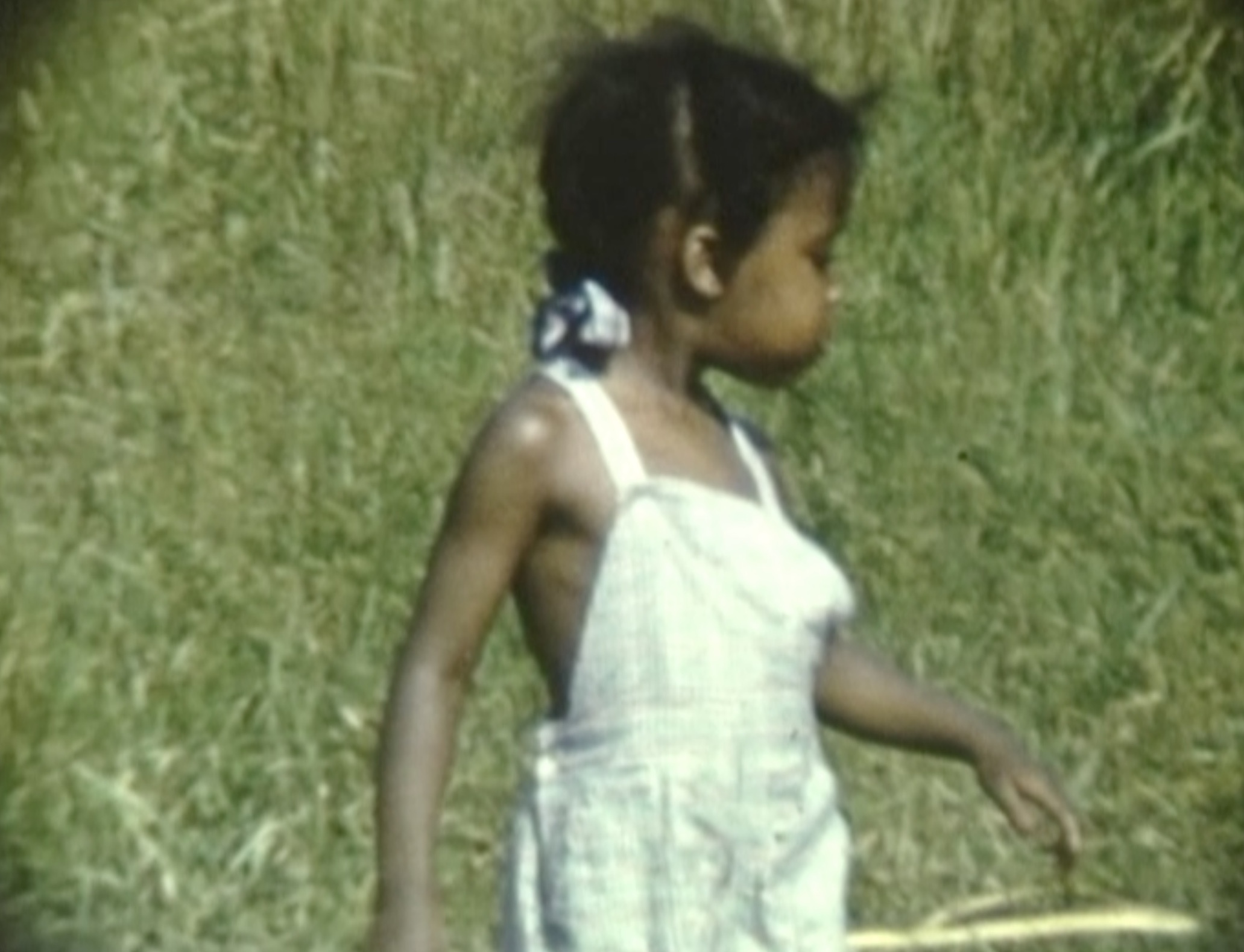
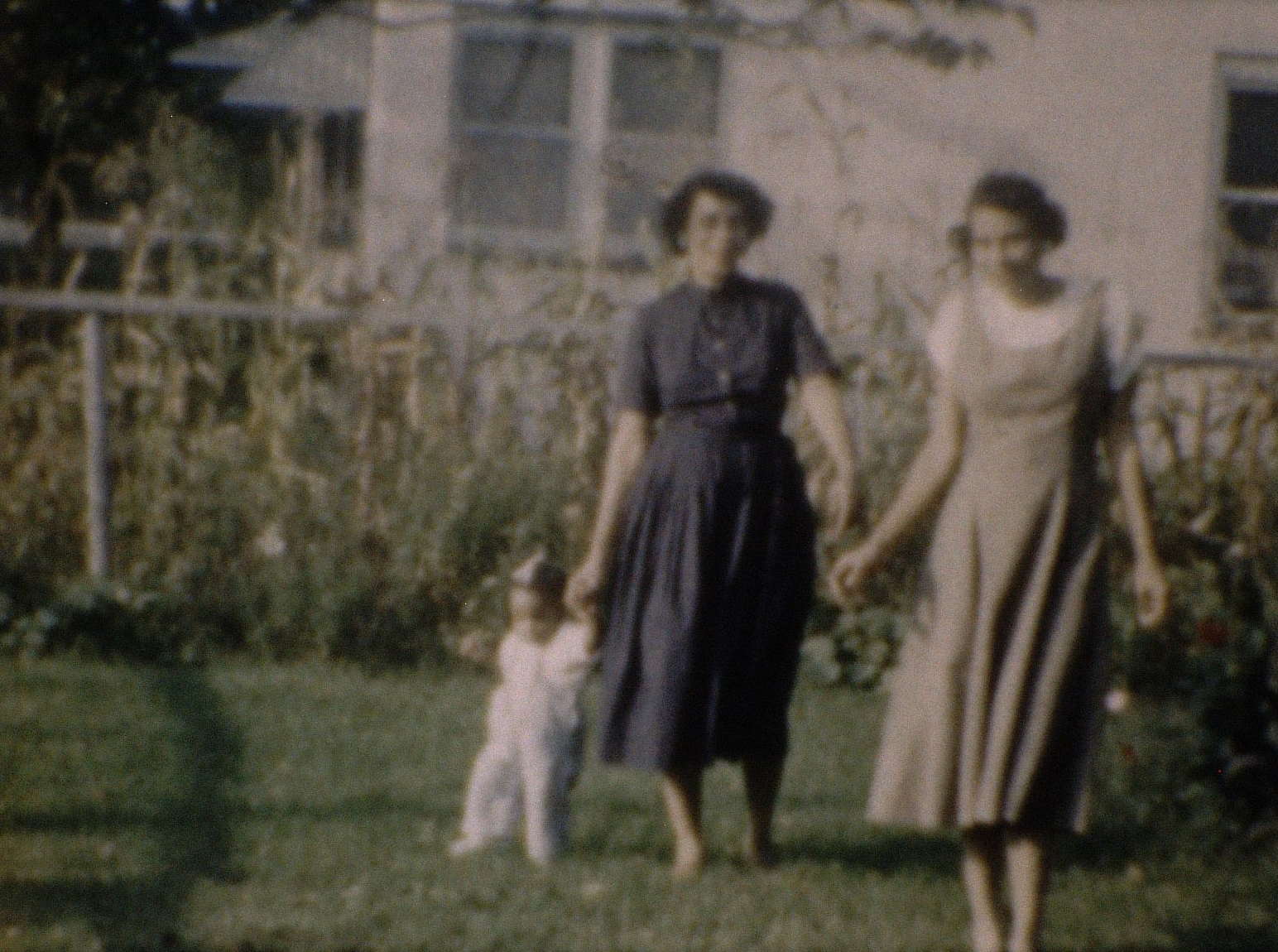
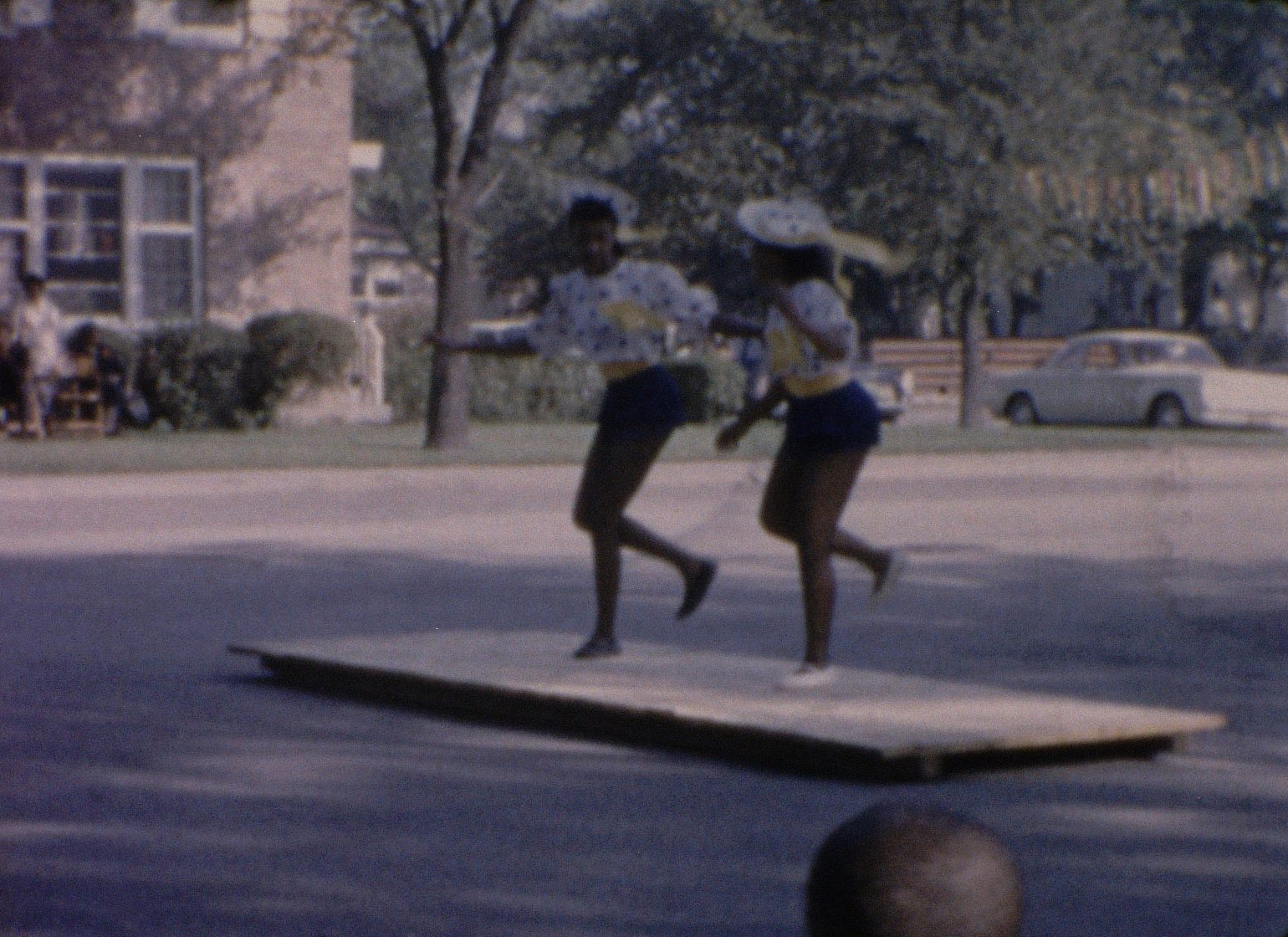
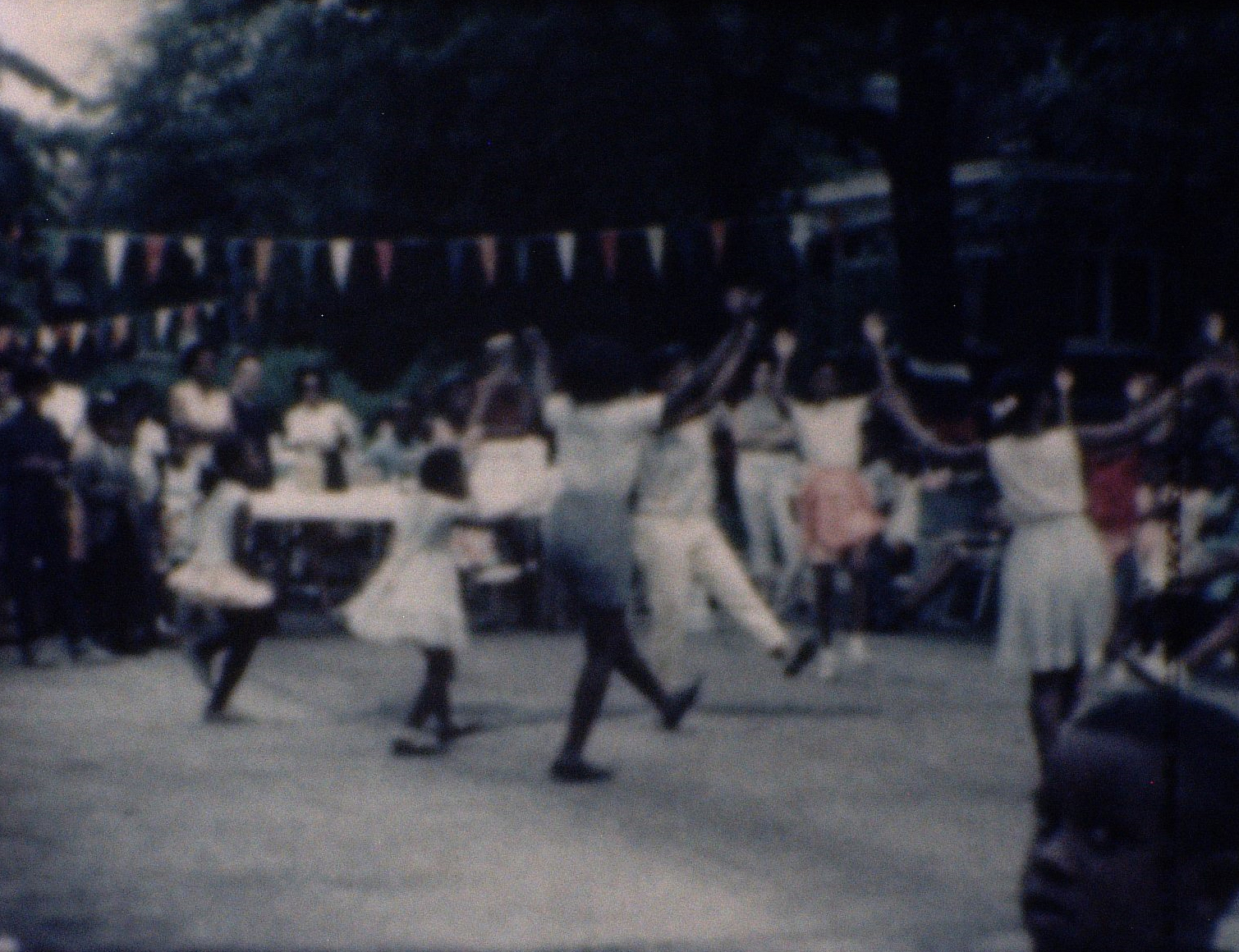
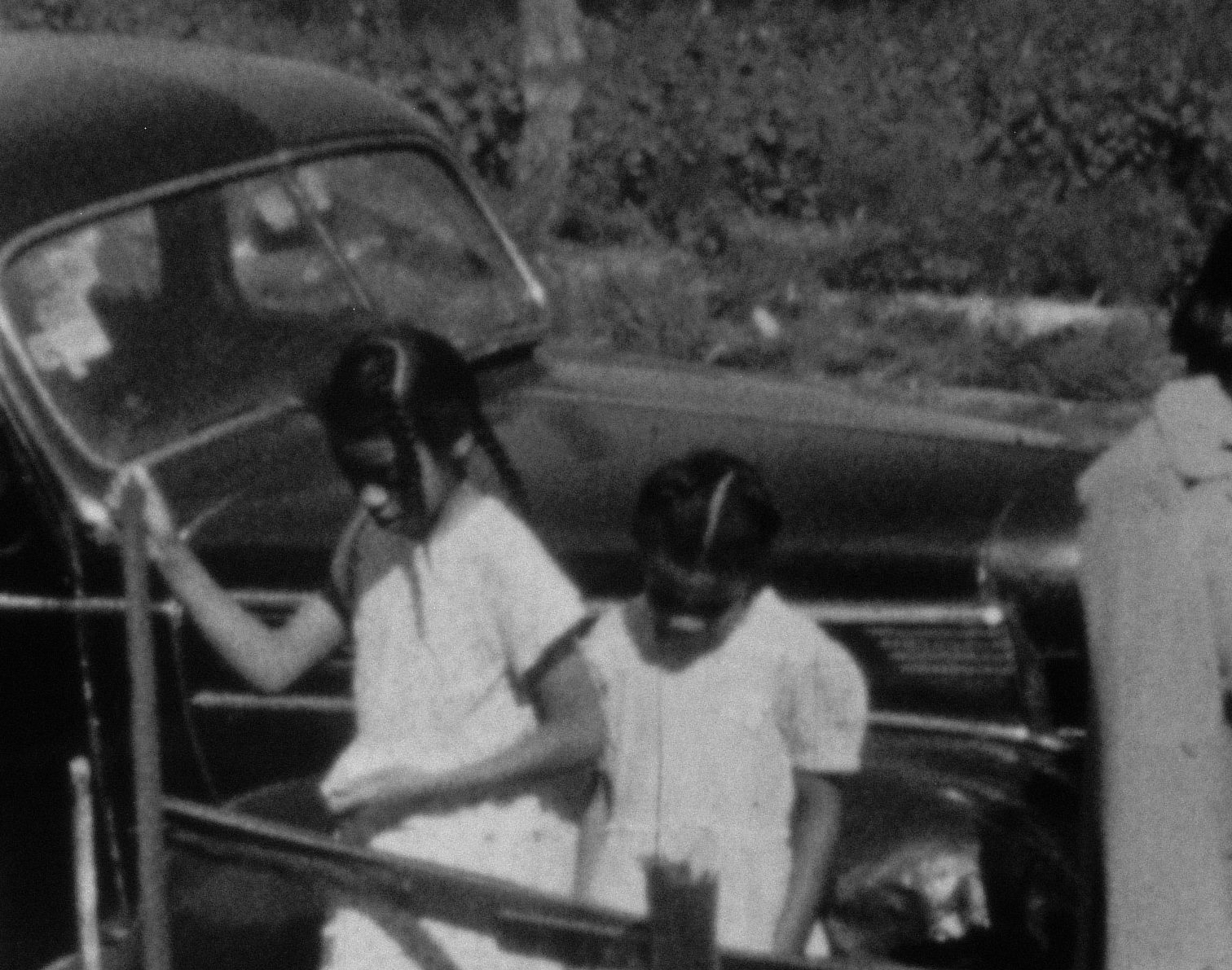
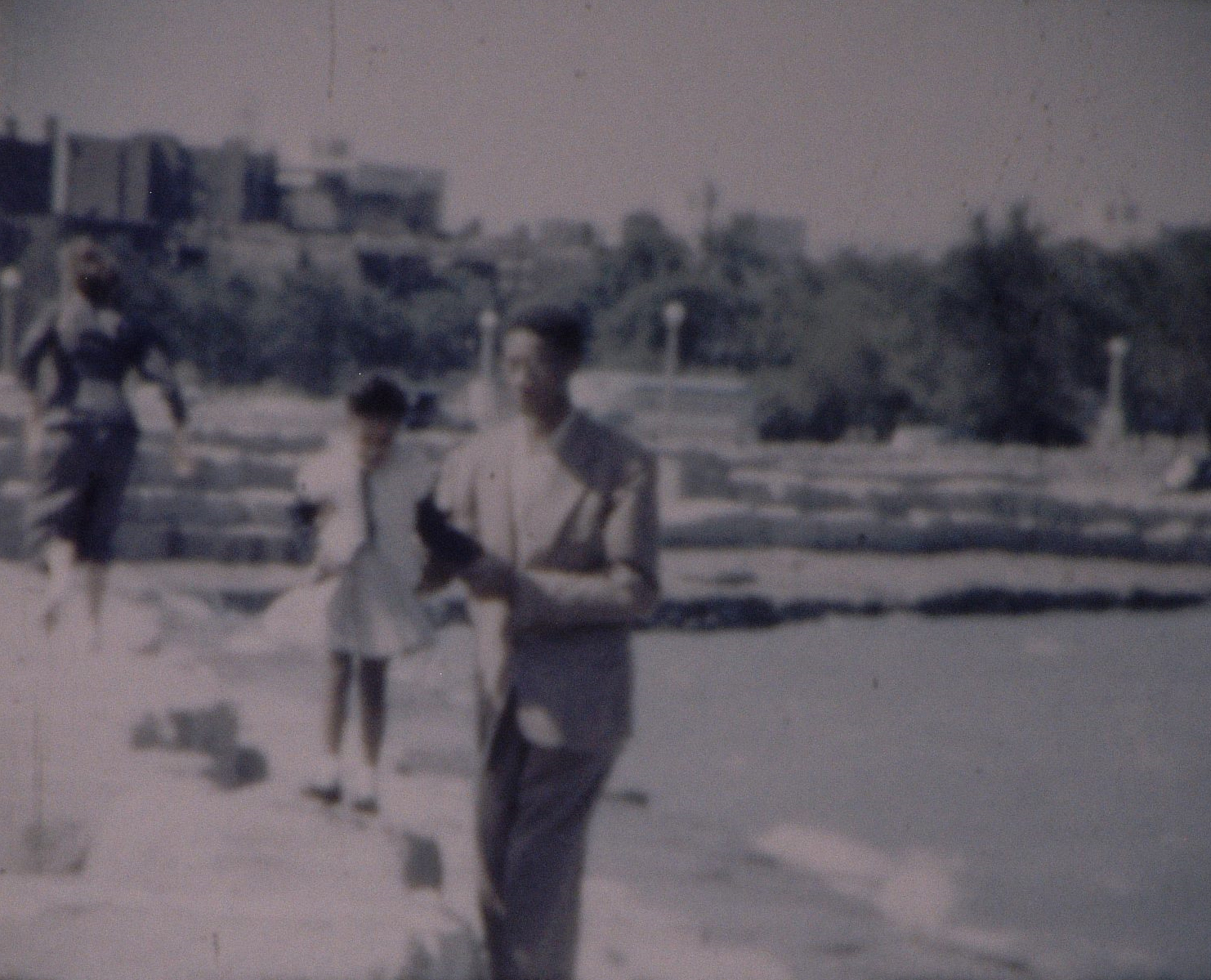
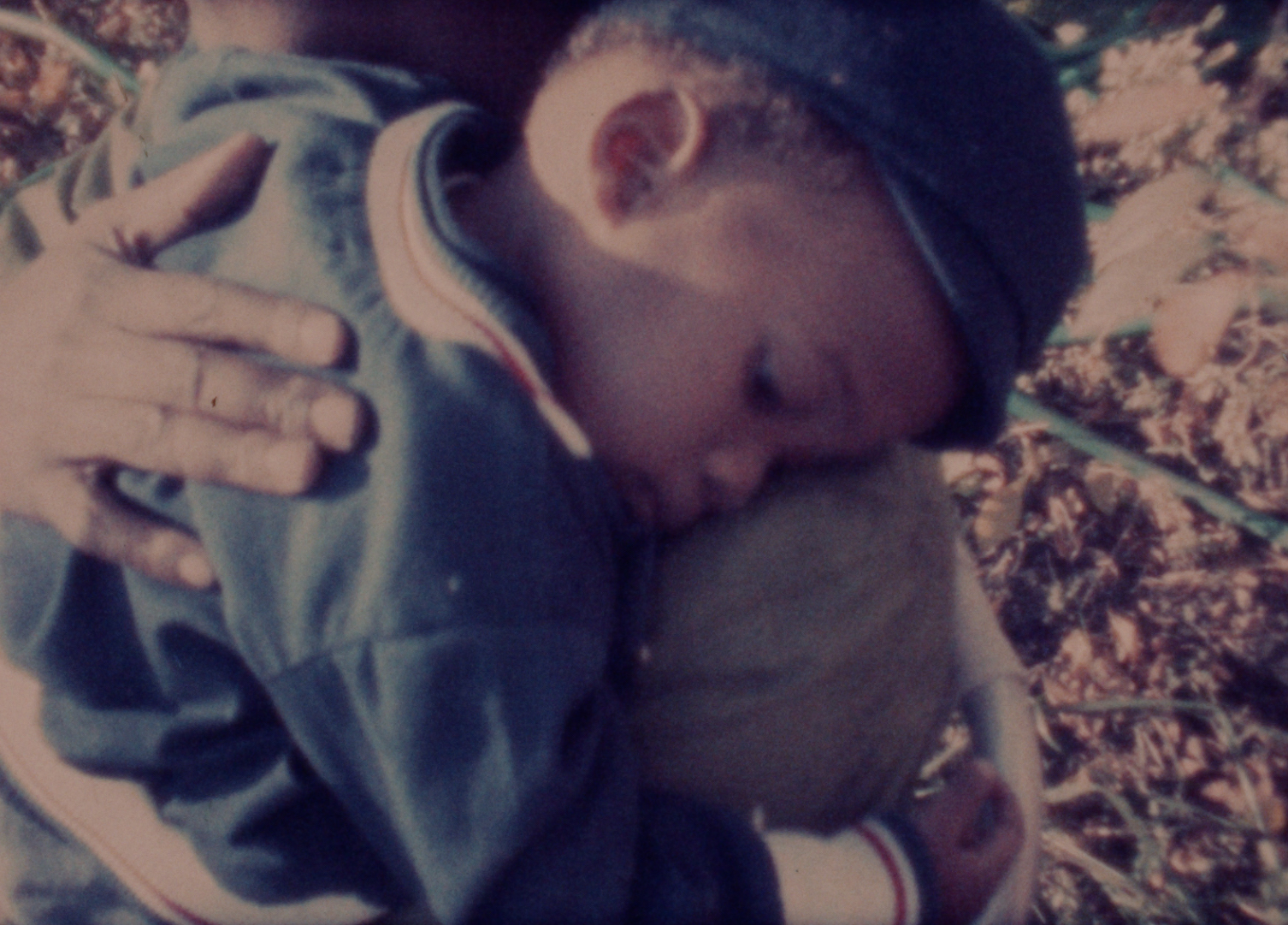
Digitization: Preparing the frames
The seven images were then printed as the curatorial statement was put together. The Project’s Archivist Justin Williams worked to enlarge each frame, originally standing at 8 millimeters tall, into a banner that would fit an entire fence.
While most people interact with the films in the Project’s Collection through the online Archive, it’s important to remember that these videos begin with the physical film itself: palm-sized reels where a couple seconds of footage translate into hundreds of feet of film. The Project stores all its films in a climate-controlled vault to protect them from otherwise rapid deterioration.
Out of a million moments captured in each reel, the individual frame in each film was identified and re-scanned. The higher quality scan allows for each image to be blown up in size without compromising the quality of the image.
This digitization process is a testament to the Project’s ability to physically preserve the film so that new life for the film can continue to be generated.
![[digitization process]](https://sshmp.uchicago.edu/images/digitize.png)
Installation: MOUNTING THE EXHIBIT ON THE BLOCK
Once the banners were complete, the full exhibit was finally revealed in early autumn at the Back on the Block celebration hosted by Arts + Public Life. Never have images from the South Side Home Movie Project been printed and displayed on this large of a scale. The banners were also accompanied by the works of two artists from the South Side: Rose Blouin and Edo. Music and conversations filled the air as people excitedly took pictures with the exhibit.
This story of curation traces a general process of individual intimate experiences being constantly re-created as they are put into conversation with new contexts. This speaks to the goals of both SSHMP and the upcoming Arts Lawn. In preserving and exhibiting home movies, the SSHMP ensures that the films in the Archive continue to encourage the creation of more art.
We hope you can visit us at the Arts Block to take a look at what love looks like in public. The banners will remain up until the opening of the Arts Lawn, which is scheduled for the spring of 2023.

More to Explore
Additional Projects
SSHMP has previously engaged with the idea of Public Space through the Everyday Resistance exhibit series. In particular, the conversation around Parks as Contested Spaces was a chance to learn about the ways parks and access to rest, safety, and leisure have been politicized.
Watch the interviewSoundtrack by Rae Chardonnay
Listen to co-curator Rae Chardonnay’s song mix inspired by the images in this installation, featuring donor oral history recording clips from Lynette Frazier (July 23 2007) and Susan and Ellis McClelland (February 17 2008), courtesy South Side Home Movie Project.
Listen to the mixIf you are interested in continuing the exploration into the broad concept of public space, take a look at this finding aid researched by the author of this digital exhibit. Selin looked for depictions of public space in each family collection, resulting in a tour around the archive and important places throughout the South Side.
access the finding aidFeatured Collections
Featured Tracks
Clip from Lynette Frazier’s oral history recording, July 23 2007 — Courtesy South Side Home Movie Project
“Family Affair” — Sly and the Family Stone
“Walking into Sunshine” (Larry Levan mix) — Central Line
Clip from Susan and Ellis McClelland’s oral history recording, February 17 2008 — Courtesy South Side Home Movie Project
“Family Affair” — Mary J. Blige
“Joy & Pain” (Classic House Mix) — DJ De La Roche + Dawn Williams
“I Am the Black Gold of the Sun” — Minnie Riperton + Rotary Connection
Curators
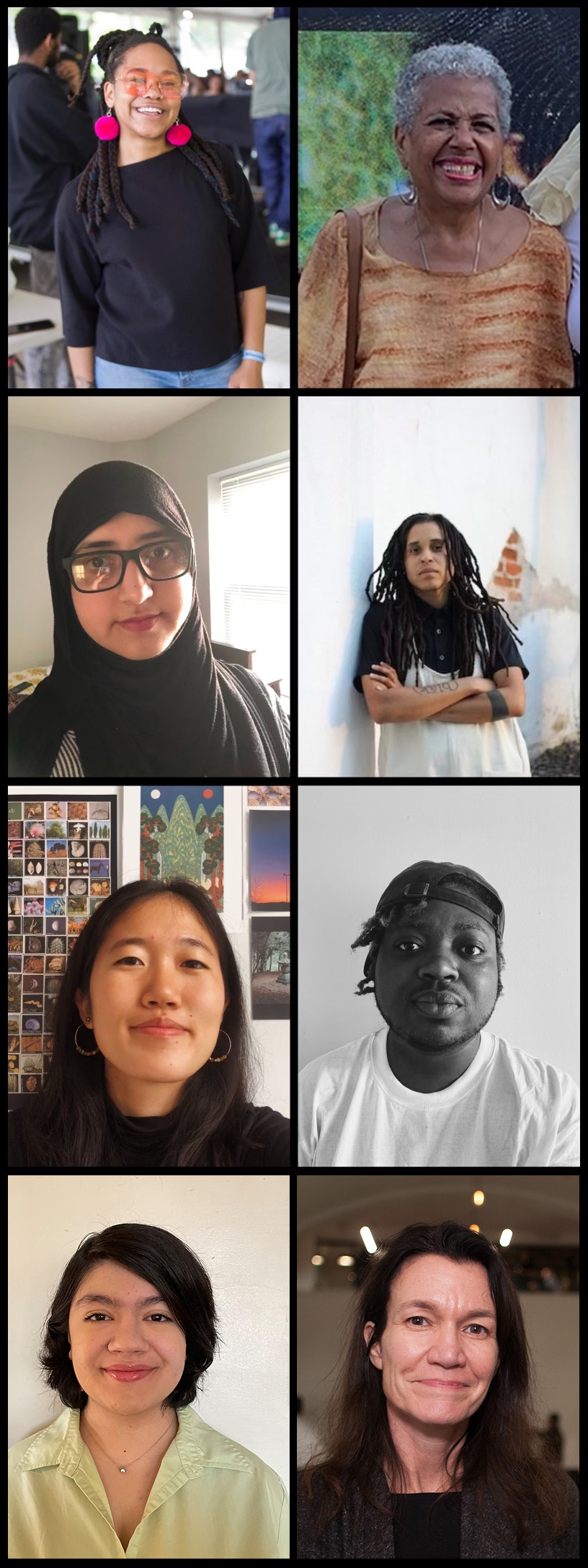
Curators pictured from left to right.
Rae Chardonnay
DJ, arts manager and events producer Rae Chardonnay is dedicated to encouraging a life of open-minded learning and expression. She is the Founder of Black Eutopia, a program designed to cultivate space for marginalized communities, and co-founder of the award winning Party Noire. She was recently noted as one of Chicago’s Top 5 DJ’s by NPR, and Chicago’s Best DJ by the Chicago Reader. Rae collaborated with SSHMP on episode 6 of Spinning Home Movies: “If just for a moment, eutopia.”
Jeannette Foreman
Lawyer, small business consultant, educator, media/arts/communication advocate, the thread running through Jeanette Foreman’s 40 + years of work is activism aimed at creating solutions for the social, economic and political inequities impacting Black lives. Foreman has championed the Creative Arts as the most powerful tool to produce good solutions across societal boundaries. Her family donated over 100 home movies, the Jean Patton Collection, to the South Side Home Movie Project.
Kareema Godhrawala
A college freshman majoring in English, Kareema Godhrawala is interested in entertainment and publication along with the arts. They have served as an intern at the Art Institute and worked with the Teen Arts Council at Arts and Public Life to create socially motivated art collections and projects.
Ciera Alyse McKissick
Ciera Alyse McKissick is an independent writer, curator, cultural producer, and the founder of AMFM, an organization whose mission is to promote emerging artists. Her work often involves collaboration through supporting Black and brown artists, local arts organizations, and seeks to stimulate community engagement that's driven by inclusivity, accessibility, intention, and care. Ciera collaborated with SSHMP on episode 14 of Spinning Home Movies: “In Transit(ion).”
Selin Oh
Selin is currently based in Chicago—with roots in Indianapolis and Korea— where they study history at the University of Chicago. They have had the great privilege of working as a collections intern with the South Side Home Movie Project. Selin is ultimately interested in the public histories we share and the roles public spaces play in shaping those stories.
Rai Mckinley Terry
Rai Terry is a Black queer visual scholar, audiovisual archivist and multimedia artist. A master’s student in the Public Humanities program and Fellow at the Center for the Study of Slavery and Justice at Brown University, they are interested in engaging and preserving spaces of Black Queer agency and joy within and outside of the archive and utilizing alternative ways of history making toward a truer public education. They recently completed a Summer Internship with the South Side Home Movie Project.
Justina Ibarra
A senior at Muchin College Prep high school, Justina Ibarra is an intern at the Teen Arts Council at Arts and Public Life, and an artist who works with video, photography and abstract murals. Justina is ambitious in producing art and film, and is also interested in entertainment, publishing and directing.
Sabrina Craig
A film programmer in Chicago for over 20 years, Sabrina Craig has developed community-based screenings, innovative film programs, and opportunities to engage with media artists at multiple sites across the city, including Black Cinema House, Women in the Director’s Chair Film Festival, University of Chicago’s Logan Center for the Arts, and colleges and community centers throughout the Midwest. As a board member of the Peace and Justice Radio Project, she developed a youth media literacy curriculum used in Chicago public high schools and the Juvenile Temporary Detention Center. She served two years as Chair of the LSC of her daughter’s public school. MA, Northwestern University, Radio/TV/Film; BA, Pomona College, Language and Society.




